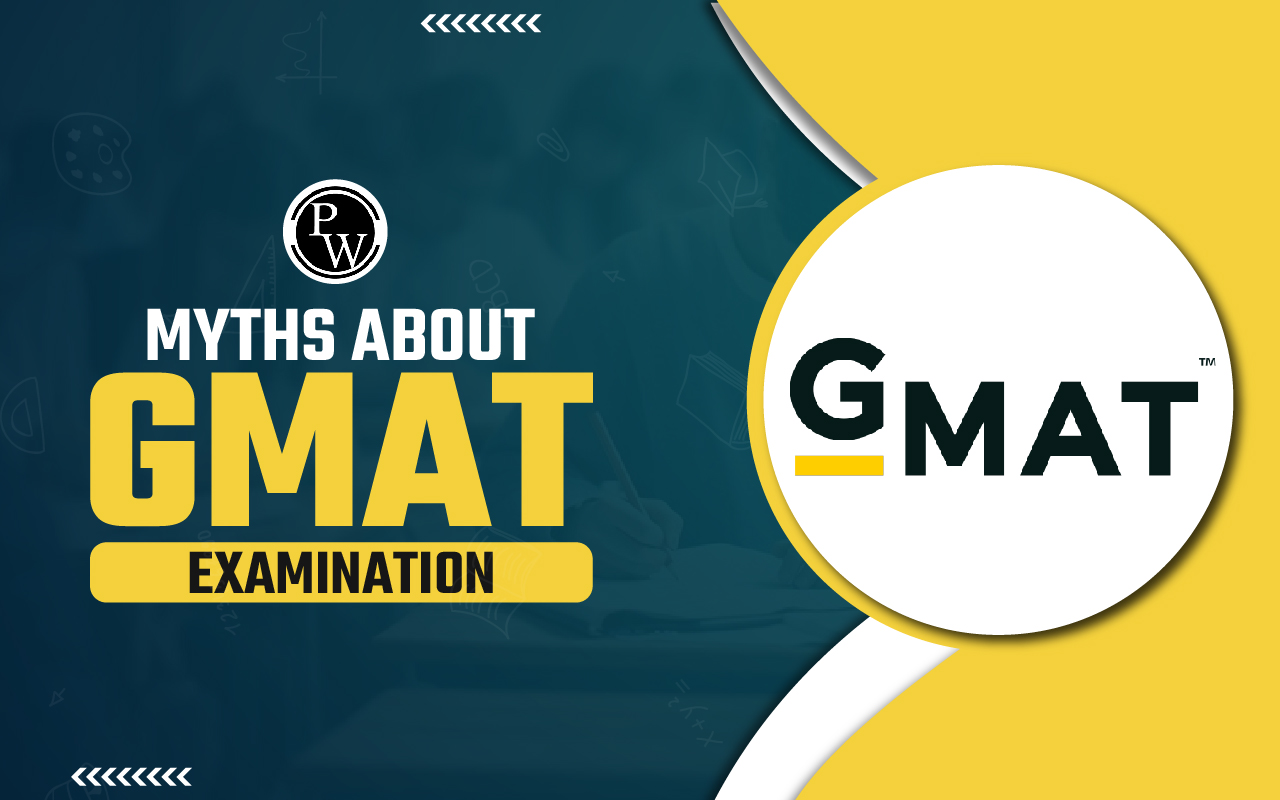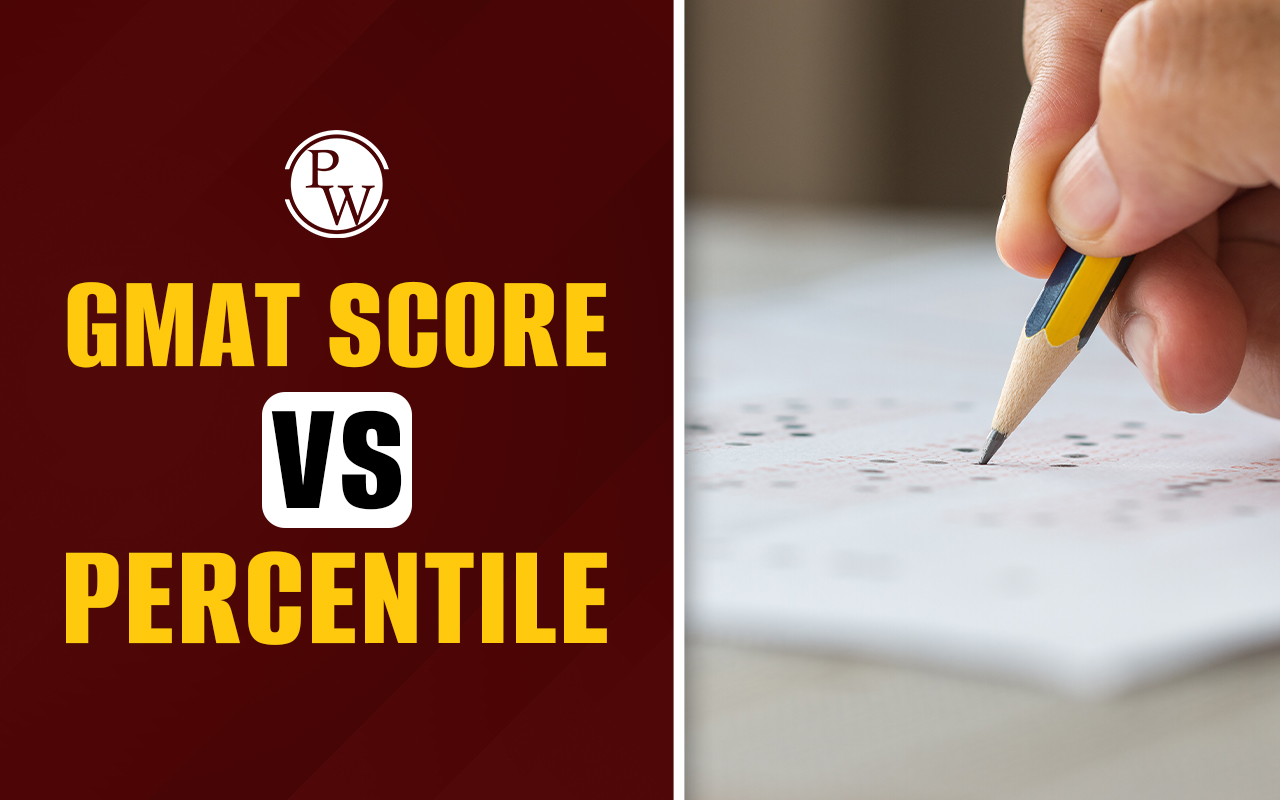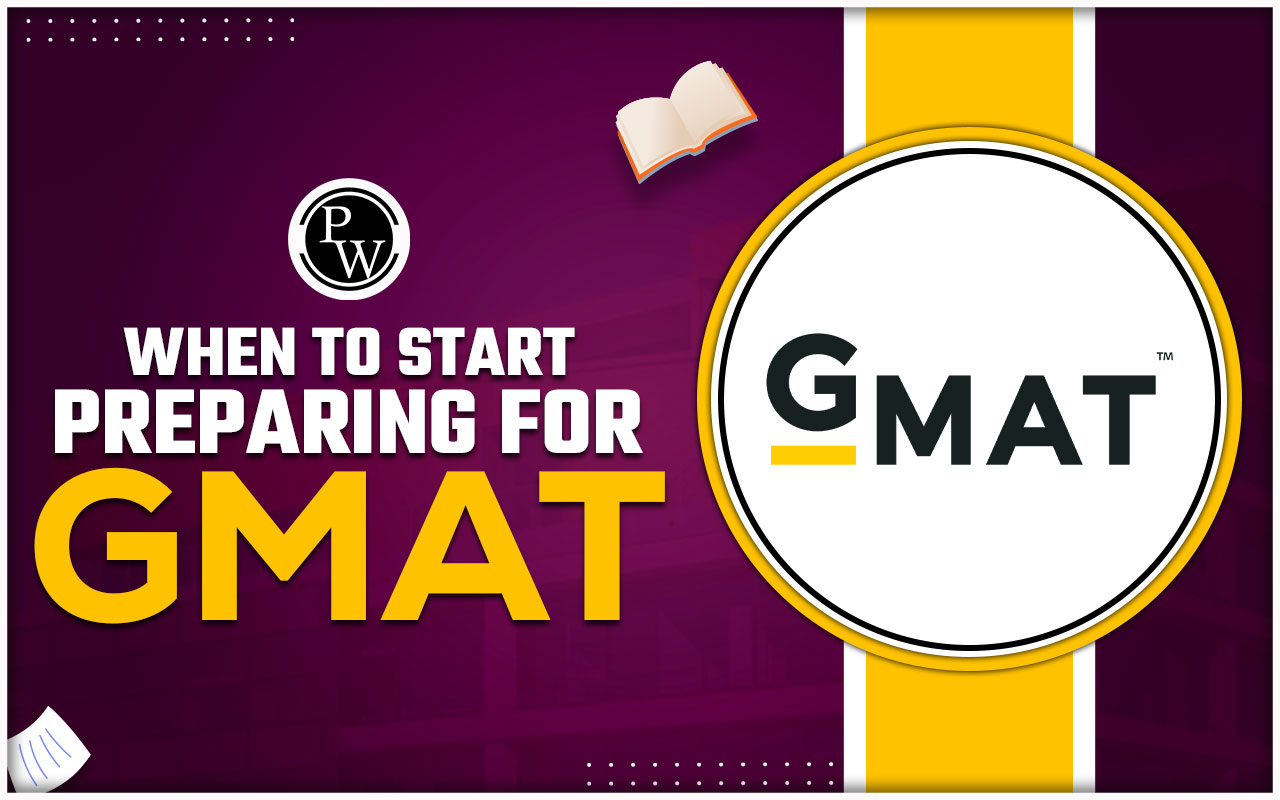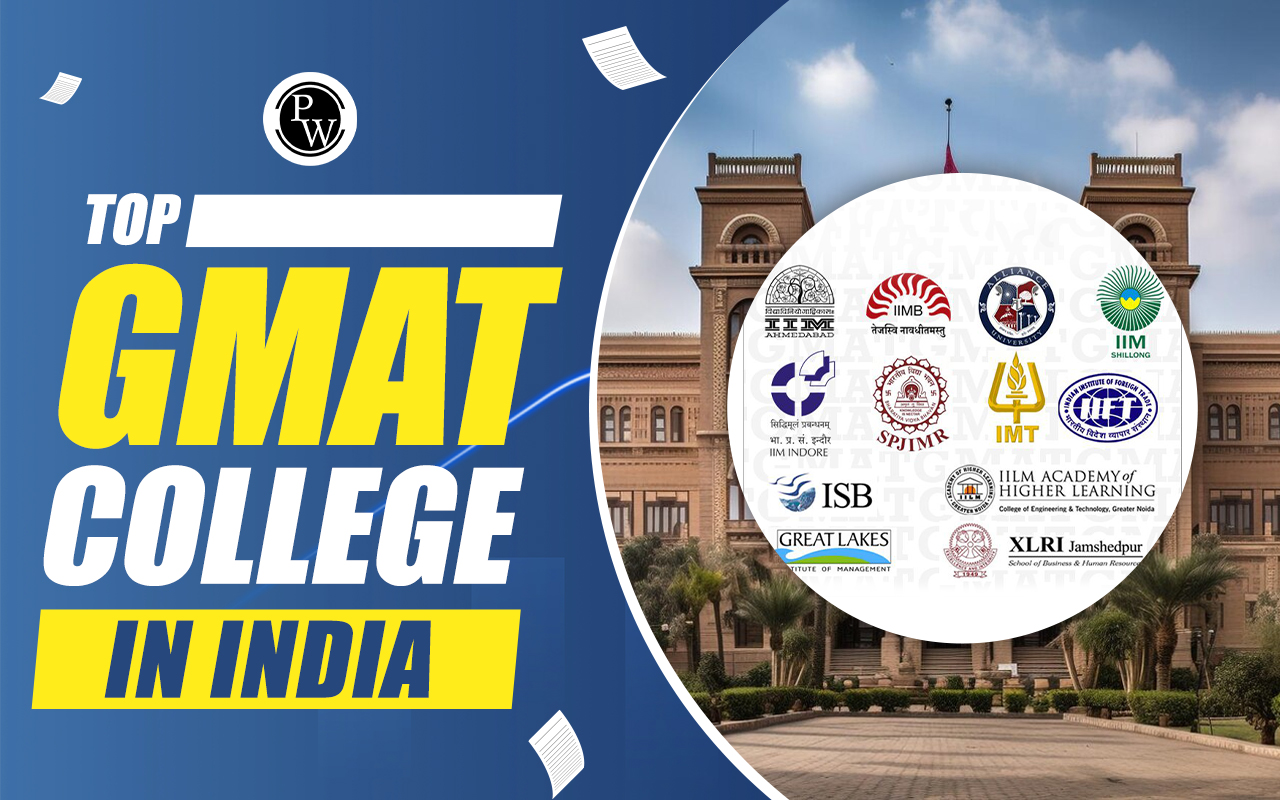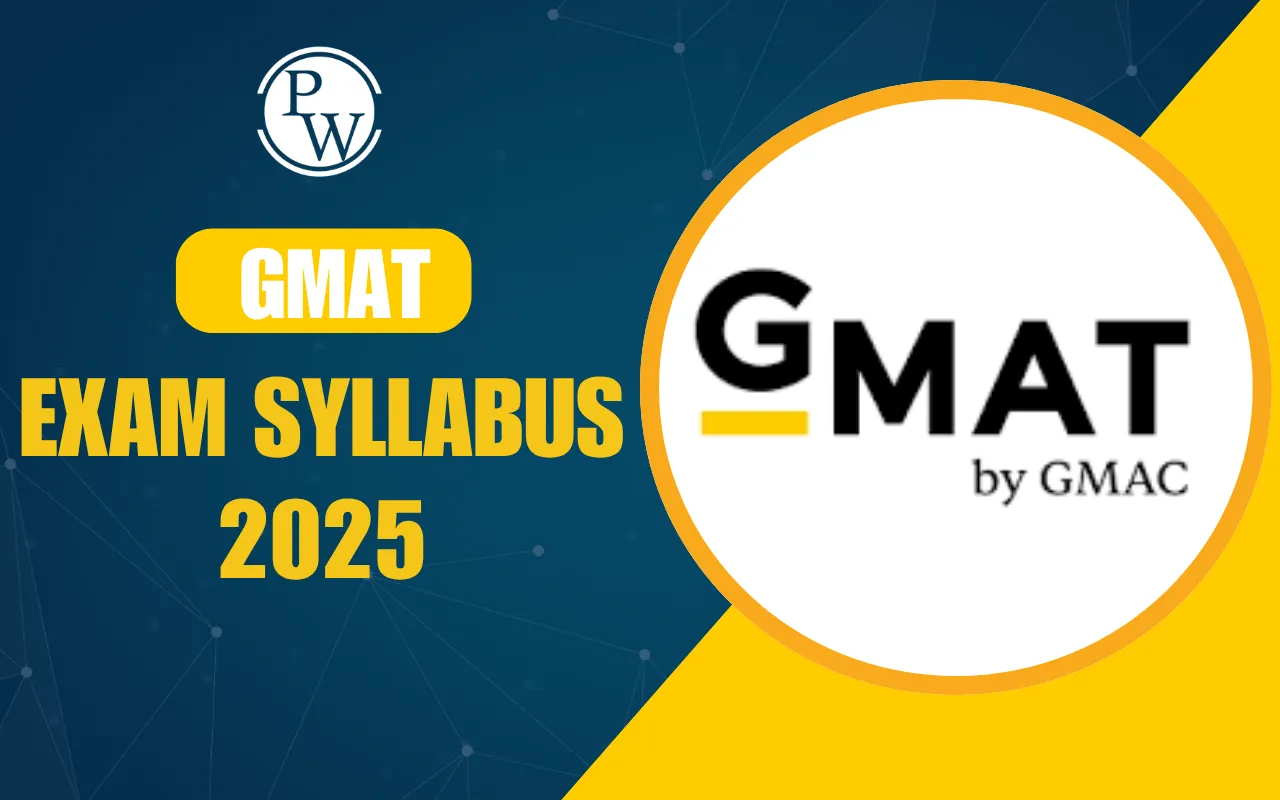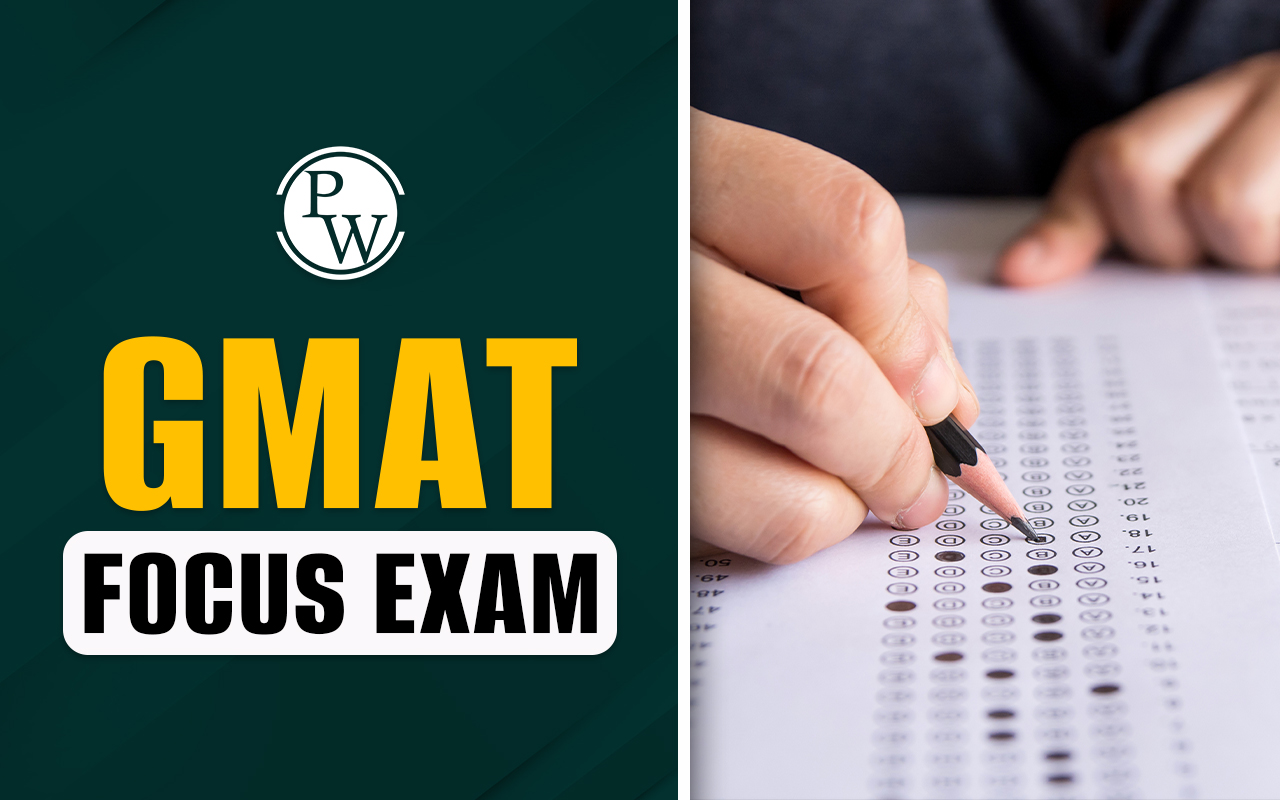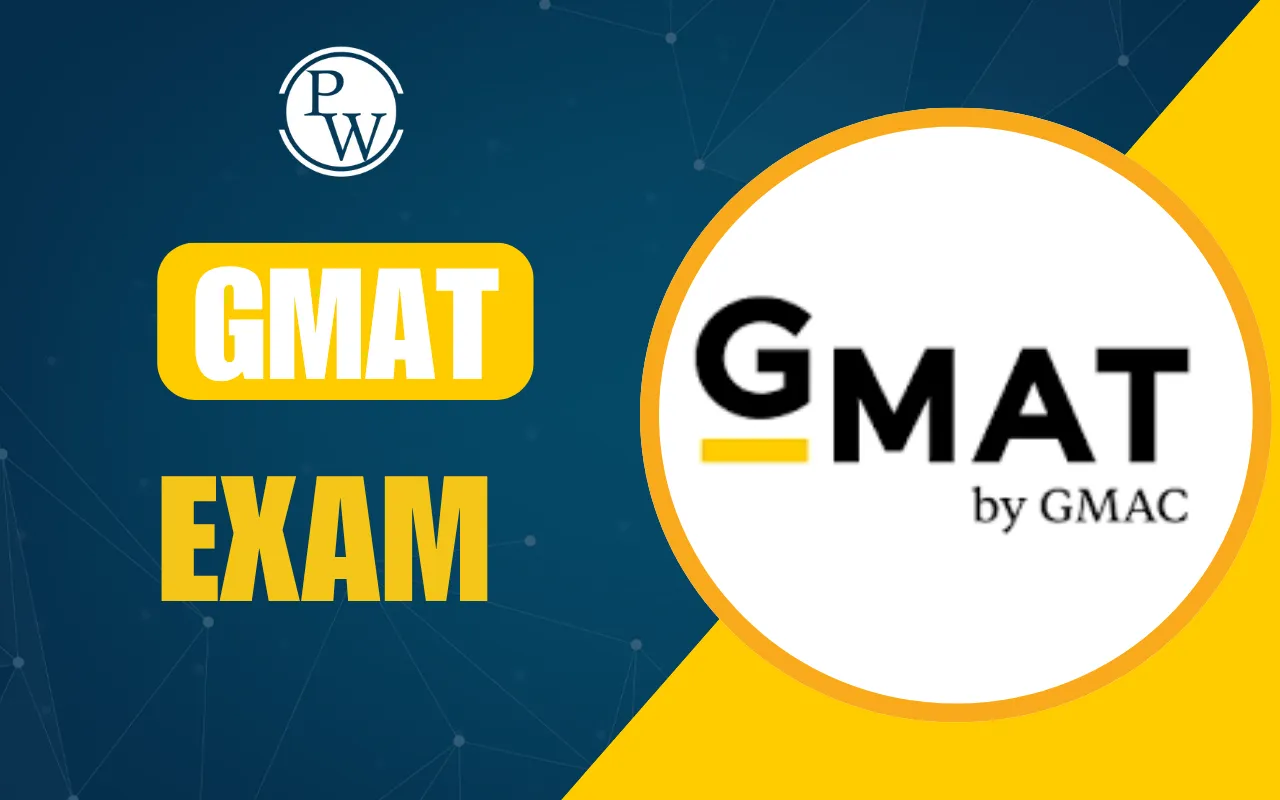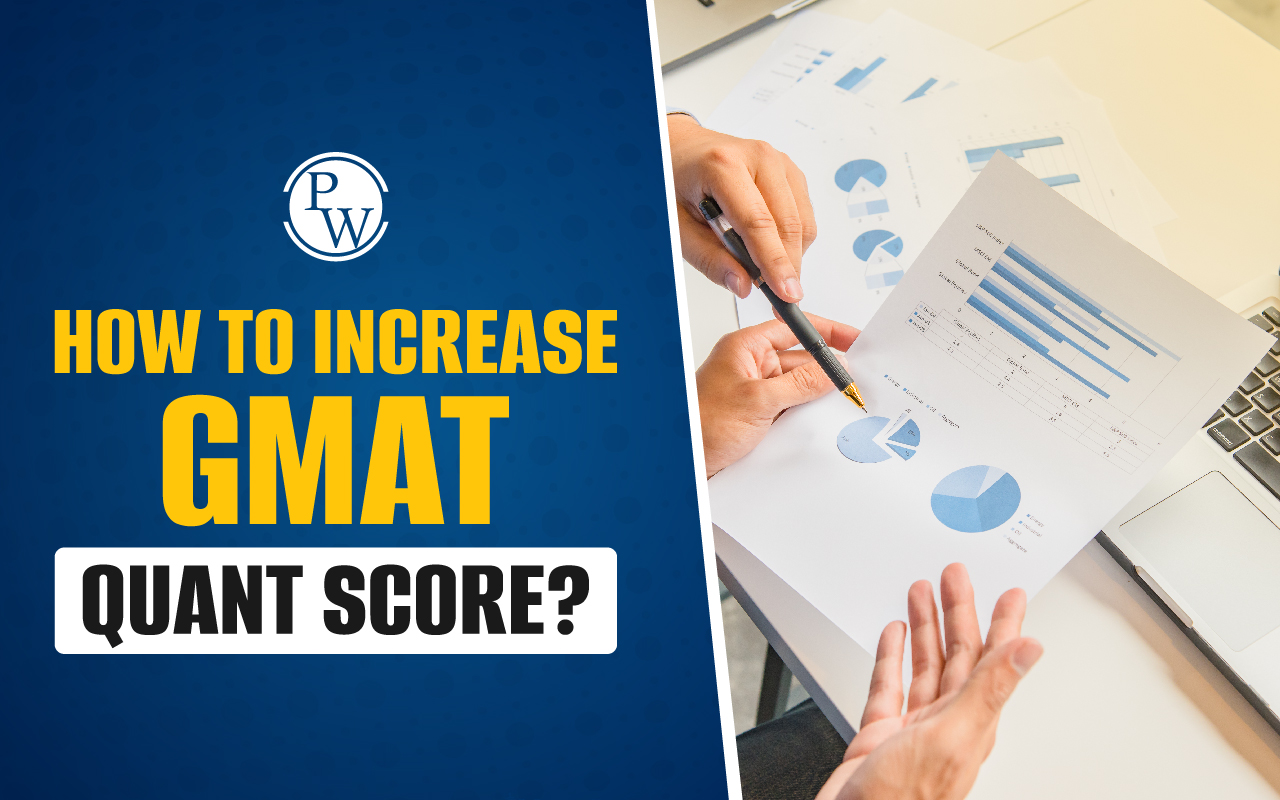
GMAT Data Sufficiency: The GMAT Data Insights section includes five types of questions. In these questions, each problem presents a question alongside two statements. Candidates have to determine whether these statements, alone or together, provide enough information to answer the related question.
When attempting the GMAT Data Sufficiency section, candidates don’t necessarily need to solve the question like in other sections of the exam. The Data Sufficiency section mainly requires candidates to assess if the statement provides sufficient data for answering the question.Understanding GMAT Data Sufficiency Questions
The GMAT Data Sufficiency questions are designed to evaluate candidates' business management abilities. In every business sector, professionals have to solve real-life problems with limited resources or data. This way, the GMAT Data Sufficiency questions simulate scenarios where complete information is often unavailable or is constrained by time and resources. This section also mirrors real-world challenges where decision-making depends on determining if the provided data is adequate for reaching conclusions or solutions.What to Expect in GMAT Data Sufficiency Section?
Data Sufficiency is a crucial part of the GMAT Quantitative Reasoning section. These questions constitute roughly half of the total questions in this segment. They typically comprise around 15 out of 31 questions in the quant section. However, the exact number of data sufficiency questions can vary in GMAT. Therefore, a substantial portion of a candidate's quant score is based on their performance in the data efficiency questions.Strategies to Solve GMAT Data Sufficiency Questions
Here are recommended strategies to solve GMAT Data Sufficiency questions:-
Analyse Each Sentence Separately
-
Avoid Calculation in Each Question
-
Understand the Question Type
-
Use Simple Numbers
-
Focus on Sufficiency
|
Also Read |
||
| GMAT 2024 Exam Date | GMAT 2024 Registration | GMAT 2024 Syllabus |
| GMAT 2024 Exam Pattern | GMAT 2024 Preparation | GMAT 2024 Cut Off |
| GMAT 2024 Admit Card | GMAT 2024 Result | GMAT 2024 Mock Test |
GMAT Data Sufficiency FAQs
What are the 5 options in data sufficiency?
5 options presented in GMAT Data Sufficiency questions are-
A – Statement (1) alone is sufficient, but statement (2) alone is not sufficient.
B – Statement (2) alone is sufficient, but statement (1) alone is not sufficient.
C – Both statements together are sufficient, but neither statement alone is sufficient.
D – Each statement alone is sufficient.
E – Neither statement alone nor both statements together are sufficient.
How many data sufficiency questions are in GMAT?
GMAT includes nearly 15 data sufficiency questions.
How to crack data sufficiency in GMAT?
To crack data sufficiency in GMAT, candidates must separately analyse each question, compute answers by plugging simple values, memorise the answer options, and avoid unnecessary calculations.
Is data sufficiency asked in GMAT?
Yes, Data Sufficiency is a crucial part of the GMAT Quant section. Candidates must strategically prepare and learn to solve the GMAT DS questions.
Talk to a counsellorHave doubts? Our support team will be happy to assist you!

Check out these Related Articles
Free Learning Resources
PW Books
Notes (Class 10-12)
PW Study Materials
Notes (Class 6-9)
Ncert Solutions
Govt Exams
Class 6th to 12th Online Courses
Govt Job Exams Courses
UPSC Coaching
Defence Exam Coaching
Gate Exam Coaching
Other Exams
Know about Physics Wallah
Physics Wallah is an Indian edtech platform that provides accessible & comprehensive learning experiences to students from Class 6th to postgraduate level. We also provide extensive NCERT solutions, sample paper, NEET, JEE Mains, BITSAT previous year papers & more such resources to students. Physics Wallah also caters to over 3.5 million registered students and over 78 lakh+ Youtube subscribers with 4.8 rating on its app.
We Stand Out because
We provide students with intensive courses with India’s qualified & experienced faculties & mentors. PW strives to make the learning experience comprehensive and accessible for students of all sections of society. We believe in empowering every single student who couldn't dream of a good career in engineering and medical field earlier.
Our Key Focus Areas
Physics Wallah's main focus is to make the learning experience as economical as possible for all students. With our affordable courses like Lakshya, Udaan and Arjuna and many others, we have been able to provide a platform for lakhs of aspirants. From providing Chemistry, Maths, Physics formula to giving e-books of eminent authors like RD Sharma, RS Aggarwal and Lakhmir Singh, PW focuses on every single student's need for preparation.
What Makes Us Different
Physics Wallah strives to develop a comprehensive pedagogical structure for students, where they get a state-of-the-art learning experience with study material and resources. Apart from catering students preparing for JEE Mains and NEET, PW also provides study material for each state board like Uttar Pradesh, Bihar, and others
Copyright © 2025 Physicswallah Limited All rights reserved.
Get App
